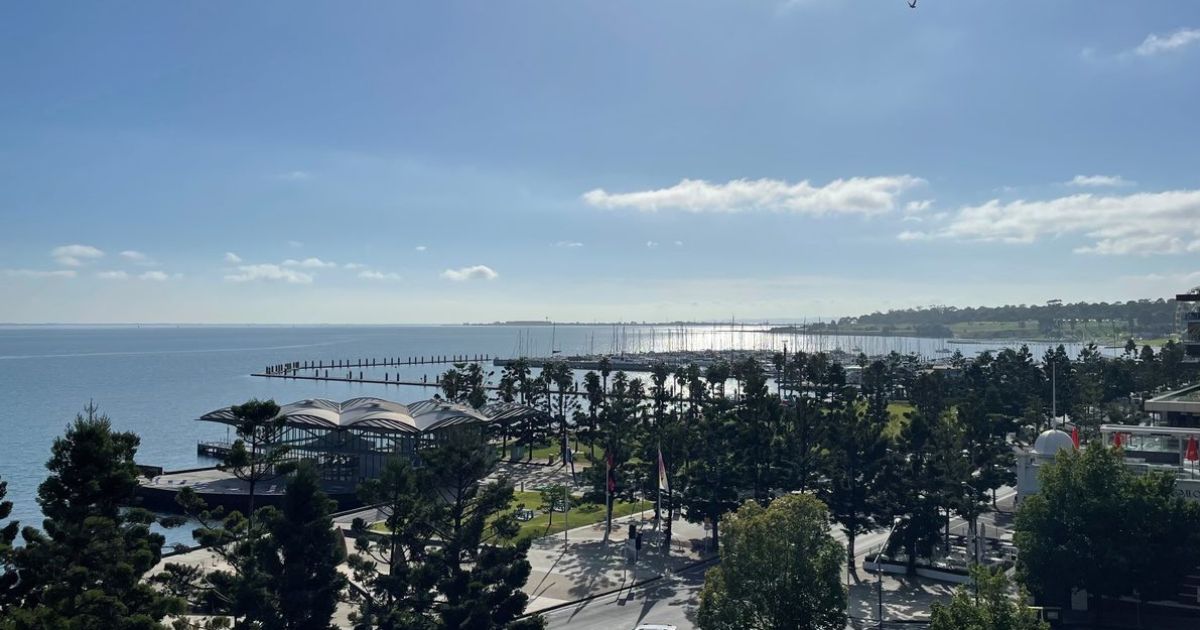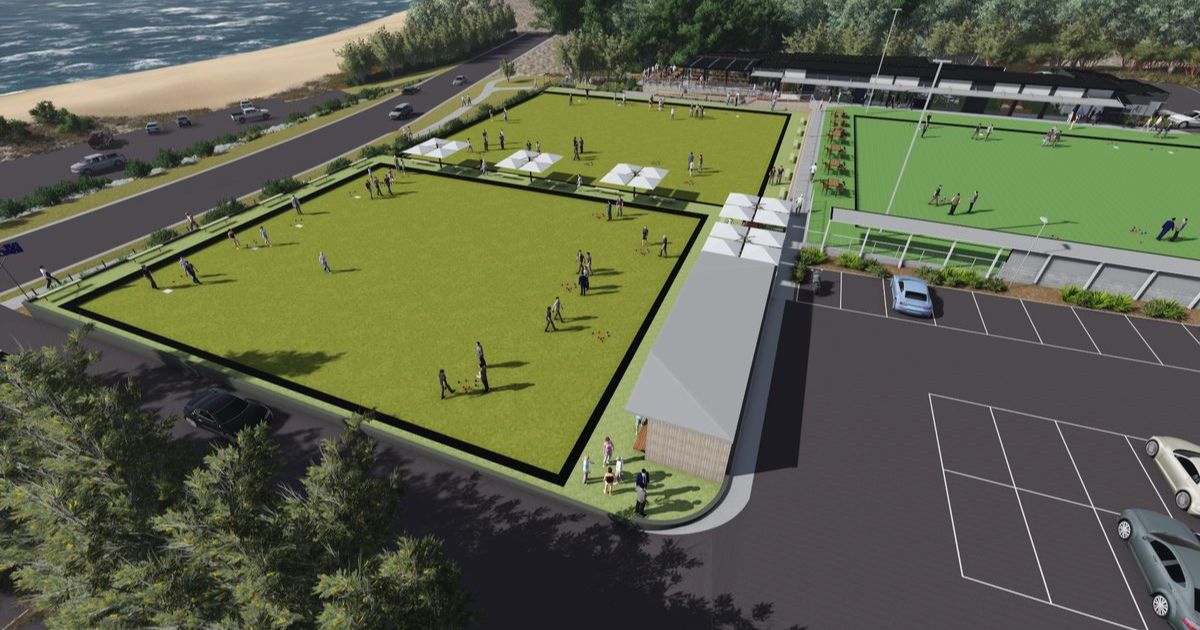Project pushes on with designing Great Ocean Road’s future

The project is considering creative solutions for how the Great Ocean Road will be used in the long term. Photo: SUPPLIED
Launched in January, the “Designing Futures for the Great Ocean Road” project involves hundreds of post-graduate students from The University of Melbourne, Monash, RMIT and Swinburne.
Professor Chris Ryan from the University of Melbourne and co-director of Eco-Acupuncture International is the project co-ordinator.
He said half the students taking part were stuck overseas because of COVID-19 restrictions but were still doing their best to participate with online research.
“Given the constraints of trying to actually run the project in this period, it’s going very well.”
Each group of students is working on a different “divisive issue” relating to the Great Ocean Road that relates to a future scenario for the road.
“We’ve got DELWP (the Department of Environment, Land, Water and Planning) already under way with trying to develop the strategies for the next 20 years – and they’ve allowed themselves a reasonable amount of time to do that, I think until the end of 2023 – but they’re going to have to work around a number of scenarios,” Prof. Ryan said.
These scenarios include the impacts of climate change, international versus local tourism, modes of transport, the interests of tourists, and the long-term disruptive effects of COVID-19.
“We’re not so interested in ‘what will you do tomorrow?’ as to what will really be the long-term challenges and what the design options might be,” Prof. Ryan said.
“Is the approach for the Great Ocean Road a ‘Great Ocean Wall’, where the road will continue at all costs, erosion, sea level rise, and fire notwithstanding?
“Or is it the opposite – we accept that nature has forces way beyond our capacity to hold off, and we let the road deteriorate, decay and fragment? Then we begin to think of what kind of tourist, hospitality and visitation patterns and interest would arise when it decays.”
One group is working closely with VicRoads on how the Great Ocean Road at Marengo, Skenes Creek and Apollo Bay could be moved a long way inland, and what that would mean for those coastal towns.
“We’re starting from fairly clear acceptance of the challenge, and a great deal of skepticism, I have to say, of the objectives set by the state government, GORCAPA and so on about being able to balance protection of the coast, the environment and the communities at the same time as growing tourism,” Prof. Ryan said.
“That’s something that’s been an ideal for major tourist sites everywhere in the world for the past 100 years, and there are really no good examples of where that’s been achieved.
“In a way, what we’re saying is that this requires completely new thinking, it requires creativity and real innovation.”
The project is also collaborating with researchers overseas, including teams from Denmark and the Netherlands dealing with similar issues along their coastline, and plans a series of exhibitions and a conference about the work done so far in early 2022.

















